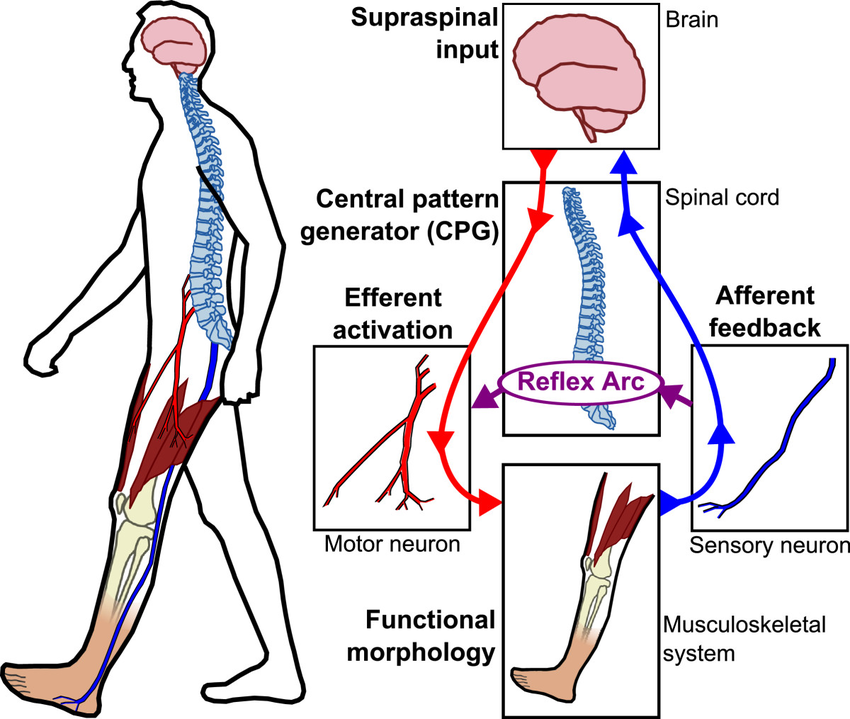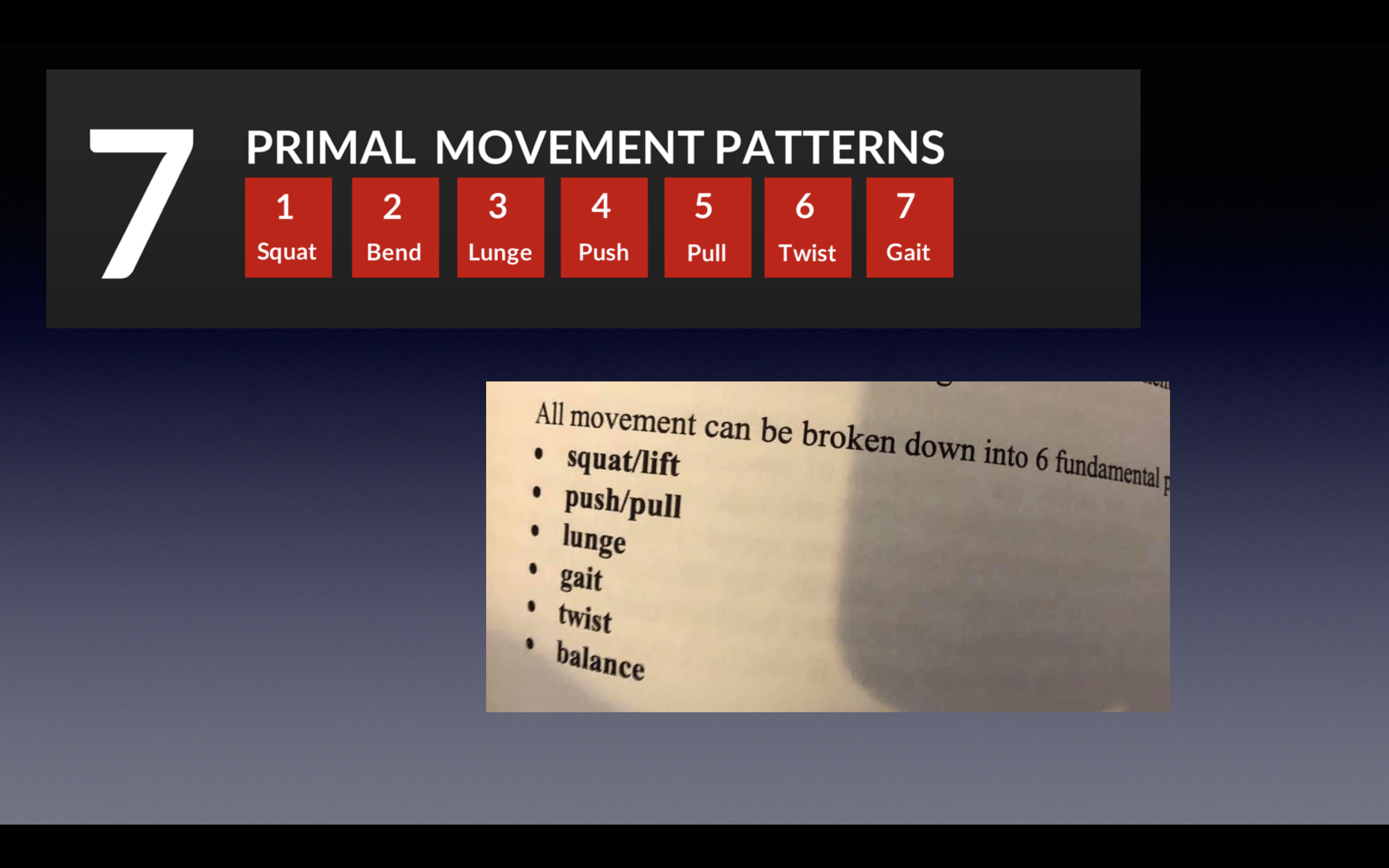3 Keys in Building Functional Muscle
2020-10-10
In 25 years of coaching, the number one goal that clients came to me with was losing some body fat and increasing functional muscle. Well, they never really said functional muscle, but that is what they meant. How do I know? Listen, anywhere strength training will make you stronger, especially compared to not training. However, not all strength training is equal, this is the analogy I like to give…
If you were debating between two jobs to take, one paid out $50,000 a year and the other paid you $100,000 based on salary alone (assuming everyone thing else was equal about the job) which one would you take? I can’t think why you would take half the money right? Even though both jobs give you money, they are obviously not equal. Strength training is very similar.
For the average person that can not commit their life to training in the gym, doesn’t bank on exceptional genes, and doesn’t want to get into the pharmaceutical side of fitness (yes, pretty much all the big bodybuilders you see are on A LOT of drugs), but does want to get results in losing body fat, living and looking better, functional muscle makes a lot of sense.
What is the difference between functional muscle and just building muscle? We assume if we make an individual muscle stronger, then that will translate to the real world well. That would make sense, except most don’t realize the important role our nervous system plays in this equation. An important concept people need to become familiar with is that of motor control. While that is a whole field of study, I’m going to give the Cliff’s note version.

Motor control is basically how your body coordinates the use and sequencing of motion that your body creates. So, your brain (without you consciously thinking about it) organizes the most efficient use of your body and muscles. In fact, many injuries occur because people’s motor control gets screwed up by not training or doing the wrong form of training. So, functional muscle is using exercises that build muscle but teaches your body to perform optimally. How do we do that? Let’s look at 3 key strategies.
Focus On Movement Patterns
I remember starting my fitness career and the idea of working in body parts (arms, shoulders, chest, back, quads, hamstrings, etc.) was still the most common form of training. As functional training gained some momentum people realized it was more efficient to focus on whole body exercises, training got better. Now, the next phase for so many is to place emphasis on movement patterns.

We may use some variance of the 7 foundational movement patterns, but they often are very similar and while we may be able to make a point for more, we definitely can’t say fewer patterns are the goal of any good program.
https://www.instagram.com/p/CFxomIBnKtX/
In DVRT Master, Cory Cripe’s workout you see a squat, a pull, a hinge, a push, one producing rotation, two resisting rotation, one push, and one lunge. So, there is a good balance of the 7 foundational human movements and the best exercises have more than one movement pattern to them making them powerful for building functional muscle.
What is the difference between whole body lifts and movement patterns? Movement patterns are whole body lifts, but what happens a lot of times when people develop functional muscle programs, they have an imbalance of movement patterns like the following…
-A deadlift
-Kettlebell swing
-Bent row
-Romanian deadlift
-A Hip bridge
If you performed all 5 of these exercises in a workout (which happens many times) you are doing more of full body exercises but you have 5 versions of the hip hinge, only one upper body pull. That means you are over stressing your low back and hip hinge pattern while having very poor balance in your functional muscle workout. Now, let’s compare that to a functional muscle workout by DVRT UK master, Greg Peralki
https://www.instagram.com/p/CFuwdxrnexv/
You see in the above functional muscle workout we have a hip hinge, a push, lunge, a pull, 2 drills that focus on resisting rotation, and a lunge. Way better balance, much more of the overall body trained, exposing the nervous system to more patterns that require the body to integrate smarter. So, you can have intensity, but you can also have a greater purpose to your workouts.
Produce & Resist Force
We have written a lot about how we can really build injury resilience if we focus upon resisting force as much as producing it. In fact, most of the very best core exercises like more challenging planks, pallof presses, and many more are largely about resisting unwanted movement that our body must deal with in more complex environments. Does that help our goal of functional muscle? Hopefully, you guessed yes!
The reason we see in studies that lunges can activate more muscles in the lower body than squats (even though the squat has more load) is that during a lunge we have to produce and resist force at the same time. Robin Paget shows some ideas of how we apply this to our lower body training where we hinge, lunge, and step-up where we follow these concepts. This type of training helps build great functional muscle even of the glutes because the glutes are a fan shaped muscle and are designed for THIS very purpose!
https://www.instagram.com/p/CFxBXkyhCJI/
Greg shows how we can apply similar concepts to pushing overhead which integrates the entire body so perfect for improving functional muscle goals.
https://www.instagram.com/p/CCWDS2UHAP2/
Progress Familiar Gym Exercises
Most fitness programs tell you just to squat, deadlift, and bench because they really don’t know what else to do! That is why we wanted to give you a system with DVRT that helped you see where you should be going in your training. We still squat, hip hinge, and push, but in so many different ways that build functional muscle because we use so much more of the body.
https://www.instagram.com/p/CFC7GHZjD6v/
DVRT coach Johnny Rhodes gives some great examples in the above exercises. He changes his squat stance to put more unilateral load on the body that makes the demands on the lower body greater. The Ultimate Sandbag on the shoulder gives him some feedback to his core to develop stability and also challenge lateral stability. We know thrusters are a great full body exercise, but now Johnny has given us a way to use more muscles and that obviously leads to greater functional muscle improvements.
What you also find is that in 3-5 exercises you can develop a functional muscle workout that addresses all the aspects of smarter training (stability, mobility, strength, power, and endurance) at once. You will find that many of the exercises cover many patterns as well as qualities of training. That is why we can get more done in 20-30 minutes than most do in an hour which leaves us with plenty of time for our soft-tissue work and specific mobility/corrective exercises.
Lina Midla gives us a great example of bringing science into practice and how we can build functional muscle while developing a healthier body. You can check out more examples in our DVRT workouts, Online education, and Ultimate Sandbags that are ALL 25% off HERE. When you invest in any of our Ultimate Sandbags you will get 2 workout programs and a mini band for FREE! Just use code “oct2020” HERE.
https://www.instagram.com/p/B-68a_PjJUg/
© 2025 Ultimate Sandbag Training. Site by Jennifer Web Design.







